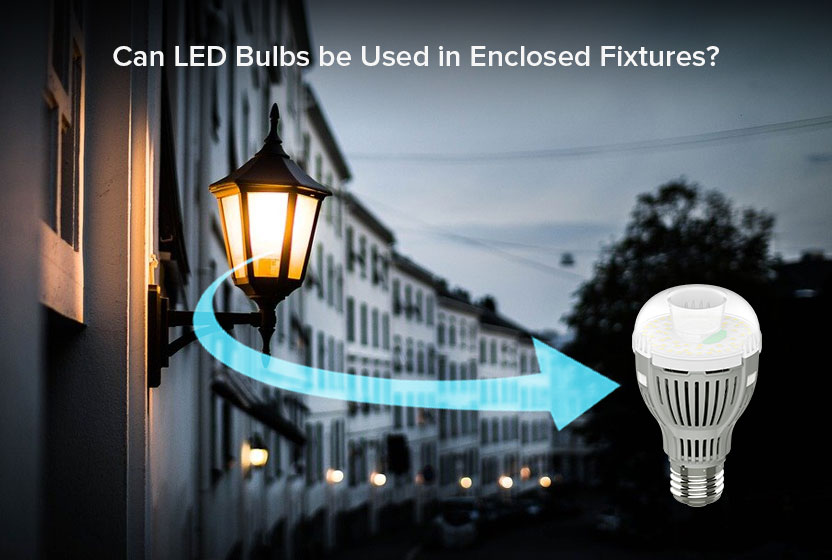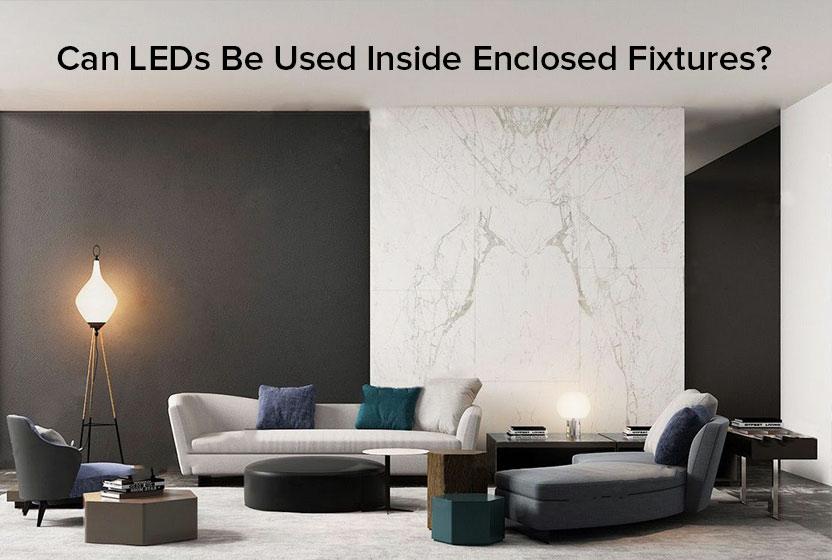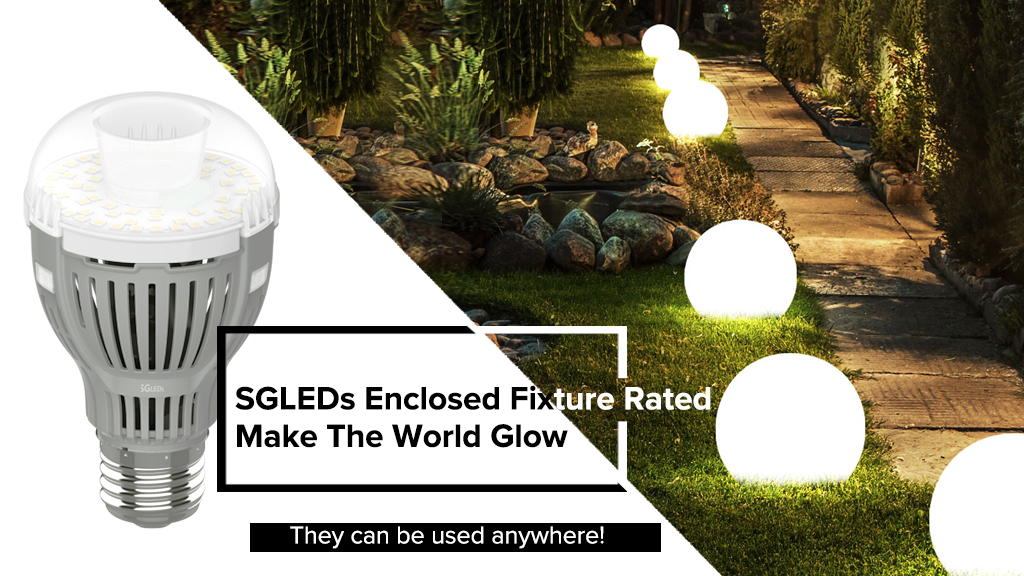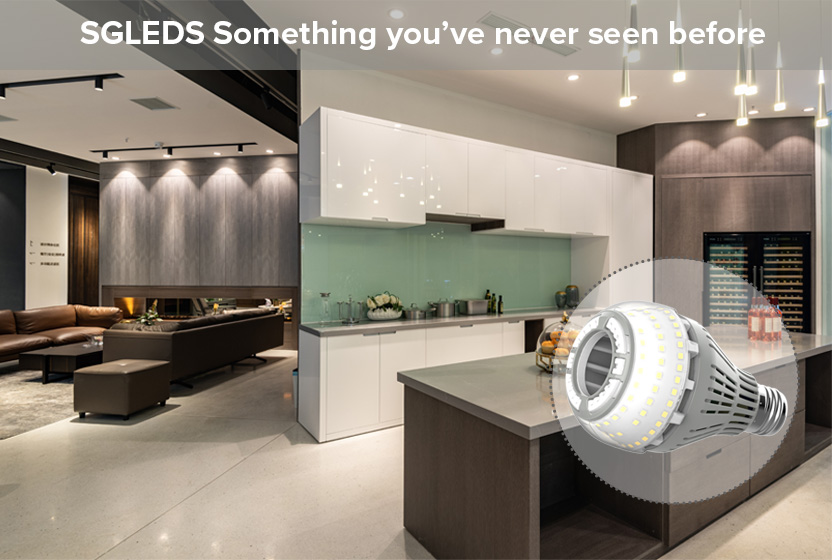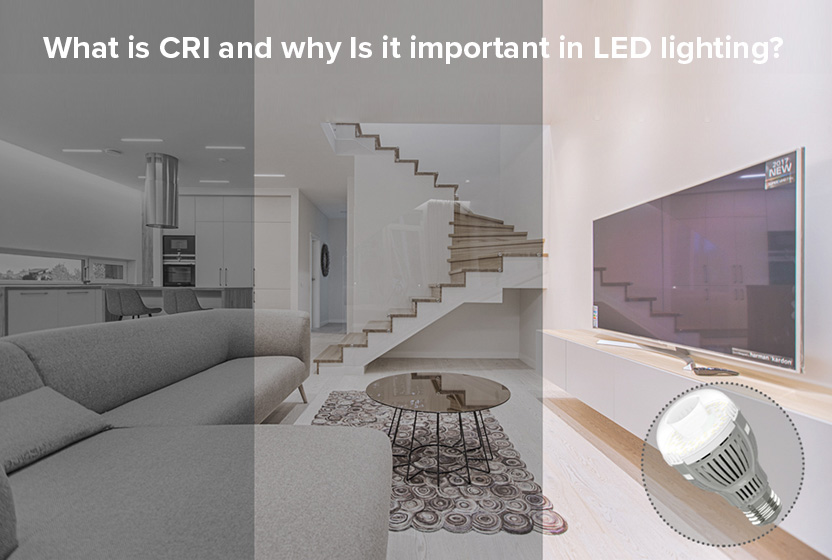How To Have Better Interior Lighting
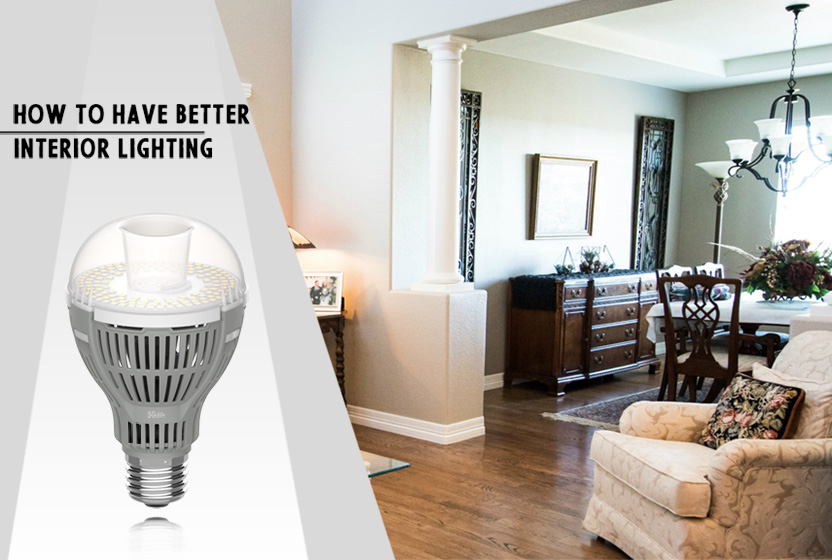
Lighting the interior of your home isn’t just about getting the biggest brightest lights. If it was about doing this everyone’s home would look the same. However, they don’t. I’ve been in many homes where the lighting just doesn’t seem right. Now with the growth of LED lights within our homes, it is easier to get more specific lights than ever before! So now all we have to do is just know what to look out for!
Color Temperature
LED bulbs offer a much higher range of color temperatures compared to traditional incandescent bulbs. So until recently, we have all begun to have more of a choice. This range of options has allowed us to have better more specific lighting around our homes. Let’s take a look at a color temperature table guide for the three general lighting types.
| Lighting Type | General | Task | Accent |
| Color Temp /K | 2700K-4500K | 3500-6500K | 2000-3000K |

General Lighting
General lighting is as the name suggests the general lighting in the room. This is why the color temperature range for general lighting is so broad. It depends on the size and type of room it is illuminating. For a room that needs a comfier more relaxing feel, I would suggest 2700K-3300K. For a kitchen or a bathroom, a higher color temperature of around 4500K-5000K should be enough.
Task Lighting
Task lighting definitely needs color temperatures closer to the daylight of around 5000K. This is because task lighting needs to be bright and able to keep your attention span up. Daylight levels of light have been shown to reduce the production of melatonin and will overall improve your work efficiency.
Accent Lighting
Accent lighting needs soft white glows to bring out the angles and shapes within a room. Accent lights can also be dimmable to make them more adaptable to your room or mood.
Overall, the color temperature depends on the room. Each room has specific lighting needs to give that room a mood. By choosing the correct color temperature you’ve made the inside of your home better looking and more comfortable.
CRI
CRI (Color Rendering Index) is a measuring scale from 0-100 of how accurately the light renders the colors of the objects around it. Natural daylight is the highest rating of CRI as it is composed of every wavelength of light. Generic house bulbs, especially of around 3000K, are not full spectrum so they will not have every color of light. Making objects appear differently to their true color. Low CRI rated lights can make a big difference to the appearance and beauty of your home. What you need to look for is an LED bulb with a CRI of 85+. If you have an LED bulb illuminating your room, the room will be bright and naturally colored.
Brightness
 |
Brightness is really important for the interior and exterior of the home. Fortunately LED bubs are well-known for their brightness. What you need to look out for are lumens. If you can find a bulb with high lumens and high efficacy you will be onto a winner! As the primary light source of a room depending on how bright and you would like to see things as an estimation around 20-30 lumens per square foot would be a rough estimate. So for the calculation, we will take 25 lumens per square foot for a kitchen. And say your kitchen is around 60 square feet. You will need around 1500lumens. 25 lumens/ square foot x 60 square feet=1500. So by adopting this type of equation, you would be able to get a rough estimate of how many lumens you will need. Obviously, this is a rough estimation and your brightness and lumens sometimes will be subject to the room and its lighting function. It is also important to note that rooms using a higher color temperature will need to use higher lumens to create a comfortable atmosphere. Using higher lumens to match a higher color temperature follows the principle of the Kruithof curve. |
Positioning
If you have found bulbs that are the correct color temperature and brightness and something still feel off maybe it is time to think about where to put them and how you should be spreading out these lumens. If your room has been calculated to need 1500 lumens, are you going to use 3 500lumen bulbs or 1 large 1500 lumen bulb? Personally, I would prefer to distribute the lumens evenly around the room, rather than have it concentrated in one area.
What Bulbs Do I Use in My Home?
Within my home I use SGLEDs. I found these bulbs on Amazon and they were a great addition to my home. They come in both 3000K & 5000K and provide a brightness of 3000 lumens. Making them incredibly bright for your home! If you purchase the two-pack whichever room they’re placed in will be well illuminated!
What Are The Advantages of SGLEDs?
| Enclosed Fixture Rated: These bulbs have temperature adaptable chips to prevent them from overheating in enclosed fixtures. This means they can be used anywhere! | 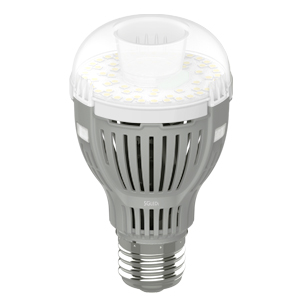 |
| Heat Dissipation: The adoption of a hollow body and ceramic makes these lights dissipate heat more effectively than other LED bulbs on the market! | |
| Patented Ceramic Technology: SGLEDs have adopted the use of COC technology, chip on ceramic. Meaning their bulbs don’t require the use of PC boards or thermal adhesives. This allows the bulb to run at a lower heat and use less energy. |
Recommendation
I would recommend these bulbs if you’re looking for incredibly bright and energy-efficient bulbs. Also with their use of ceramic instead of aluminum these bulbs can have A19 bases. Meaning they are not only able to be used in every type of fixture, but they’re also able to be used in the most common house types of bases. These bulbs brightened up my home in a way I never could have imagined and I can’t wait to buy more!
If you would like to make a purchase, then follow the link here:





